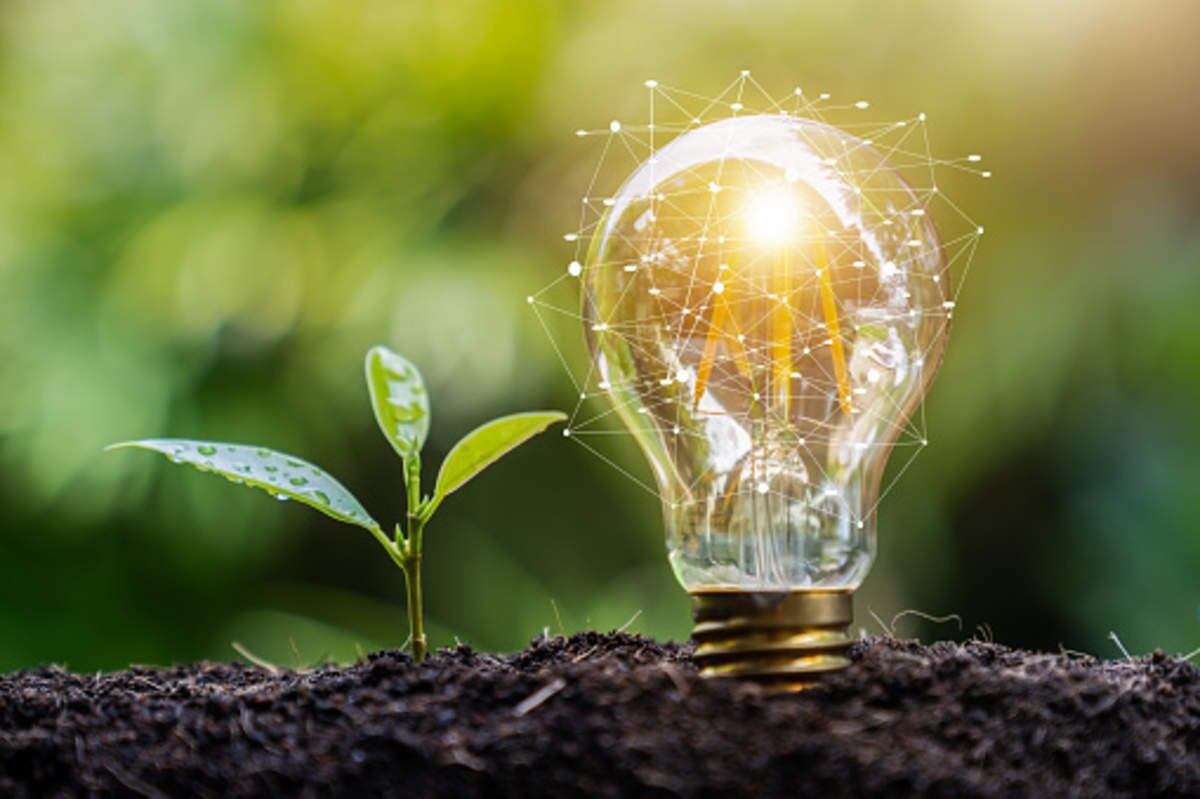Energy harvesting systems have emerged as a viable solution for powering the ever-growing number of Internet of Things (IoT) devices in a sustainable manner. These systems are able to scavenge ambient energy sources like light, motion, thermal gradients and more to power small electronic devices like sensors. As IoT deployments rapidly increase worldwide, energy harvesting holds great promise to reduce dependency on batteries that need frequent replacement.
How do Energy Harvesting Systems Work?
Energy harvesting systems use small form-factor generators or transducers to convert ambient energy sources into electricity. Common energy sources tapped into include solar/light energy, thermal energy, vibrations and motion. Devices like solar cells, thermoelectric generators and piezoelectric transducers are used to efficiently capture these untapped energy reserves.
The extracted energy is then stored using energy storage components like capacitors or rechargeable batteries. Depending on the application needs, circuits are designed to power connected devices either continuously or intermittently using energy harvesting and storage techniques. Most systems employ maximum power point tracking circuits to optimize energy collection. Overall, these self-powered systems aim to operate devices sustainably without the need for frequent battery replacements.
Benefits of Energy Harvesting
The key benefit of energy harvesting systems is that they provide a perpetual power source as long as the ambient energy source is available. This makes them ideal for powering remote IoT sensors and devices that are difficult to access for manual battery replacement. Some prominent advantages of energy harvesting include:
– Sustainable power solution: Harvesting ambient energy sources prevents huge environmental impacts of non-rechargeable battery waste.
– Reduced maintenance costs: No need for periodic battery replacement slashes long-term operational expenses.
– Extended device lifetimes: Reliable power ensures IoT devices and systems have longer functional deployments.
– Easy integration: Modular energy harvesting solutions can be easily integrated into new and existing IoT applications.
– Increased application scope: Reliable power extends the possibility of connecting more IoT use cases in remote and inaccessible locations.
While the amount of power that can be harvested is limited, it is adequate for most low-power IoT use cases. Energy harvesting truly enables the vision of tirelessly operating connected things.
Popular Energy Harvesting Technologies
Some of the most commonly used energy harvesting technologies today:
Solar/Photovoltaic Harvesting: Solar cells effectively convert light energy into electricity. They are suited for applications with access to ample natural or ambient light. Solar is one of the most mainstream energy harvesting methods powering devices outdoors as well as indoors near windows.
Thermoelectric Harvesting: Thermoelectric generators leverage the Seebeck effect where a thermal gradient creates voltage. They are deployed to harvest electricity from temperature differences between heat sources and sinks. Thermoelectric generators harvest energy from applications involving heat fluxes.
Piezoelectric Harvesting: Piezoelectric materials produce voltage when mechanically strained. Piezoelectric transducers capture energy from vibrations, motion and pressure fluctuations to power devices. They find usage in applications with regular vibrations like machines, vehicles, infrastructure etc.
Electromagnetic/Induction Harvesting: This works on Faraday’s law where a changing magnetic field produces an electric current. Electromagnetic/induction harvesters extract energy from ambient electromagnetic fields or motion-induced electricity in coils. RF signals and device vibrations are typical energy sources.
Triboelectric Harvesting: The triboelectric effect generates charge flow when two materials with different electron affinities contact each other. Triboelectric nanogenerators utilize friction-induced static electricity for energy harvesting from motions involving irregular surface contact.
Each technology has attributes making it suitable for different application contexts depending on the prevalent ambient energy sources. All have enabled self-powered solutions across multiple IoT verticals.
Real-world Applications
A wide range of use cases have emerged deploying energy harvesting technologies to sustain IoT solutions. Some examples include:
– Solar-powered smart streetlights that optimize output based on motion detection.
– Thermoelectric generators harnessing industrial wasted heat to power factory automation sensors.
– Electronic road studs powered by passing vehicle vibrations using piezoelectric nano generators.
– Triboelectric nanogenerators extracting energy from footsteps to charge smart floor tiles.
– Wireless sensor nodes monitoring bridges extracting energy from vibrations of daily traffic below.
– Induction-based chargers powering tools by just placing them near an electromagnetic base.
– Energy harvesters leveraging indoor lighting to charge occupancy sensors in offices and buildings.
As the technology evolves further and optimizes energy yields, we can expect many more innovative applications of energy harvesting to emerge across various industries. It will play a pivotal role in advancing the nascent sustainability revolution within the IoT space.
*Note:
1. Source: Coherent Market Insights, Public sources, Desk research
2. We have leveraged AI tools to mine information and compile it



